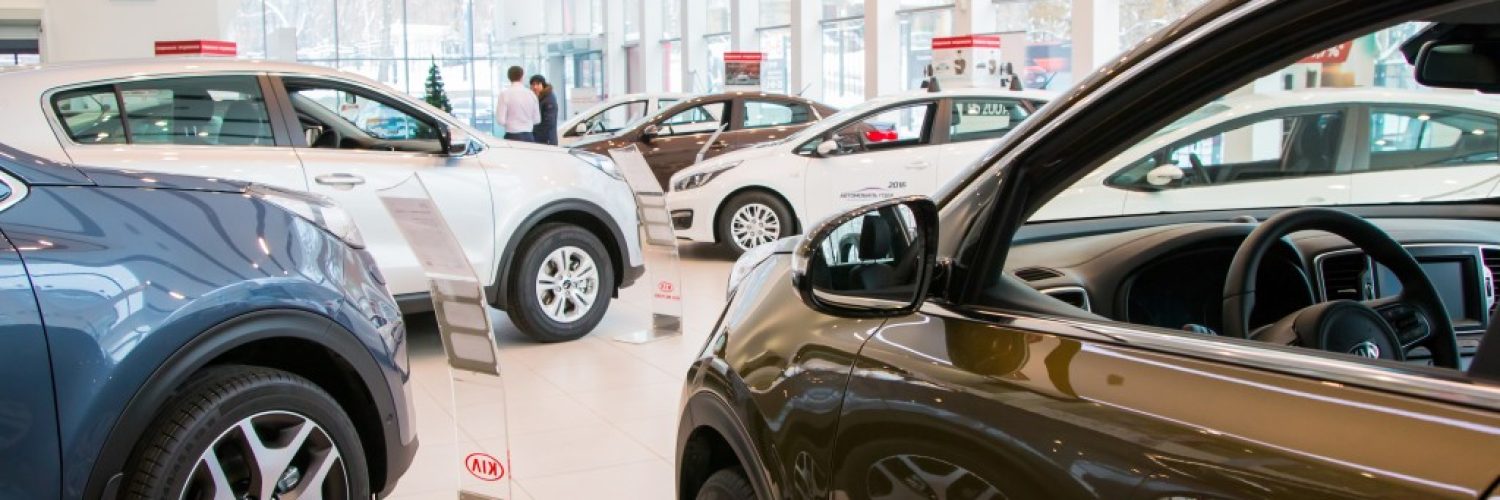Whether there are more sheep than people in New Zealand is still subject to debate. What is not is the fact the Kiwis love to drive. Kiwis are known to be highly dependent on cars, with the country having the third highest vehicle ownership rate in the world.
Data from the Ministry of Transport’s Annual Vehicle Fleet Statistics report revealed that there are already over 700 light vehicles for every 1,000 people in the country. It is the highest rate over the last 15 years. The report added that more than 3.6 million light vehicles are now on the roads of New Zealand, with the highest number of cars entering the country’s fleet in 2016 at nearly 307,000.
What many people do not know, however, is that most of the vehicles that traverse the roads are not from the country. The most popular brands are not even American or British. Instead, they are Asian, mainly Japanese. To understand why Japanese vehicles are in demand in the country, you need to know and understand a bit of New Zealand’s automotive history.
How Japan-Made Cars Ended Up in New Zealand
Isuzu Utes NZ sells the latest D-Max, which provides multiple functions to the users. It can handle heavy loads while the sleek outer look and the interiors make it suitable for a holiday drive. Due to its reliability and features, it is now one of the saleable utility vehicles in New Zealand.
Isuzu, though, is a Japanese brand, and vehicles from this country have been in New Zealand for years. But do you know why Kiwis prefer them to the American and the European utes or cars?
The answer is simple: reliability.
It Is Cheaper to Import Than to Make Cars

Perhaps not many people know that New Zealand used to manufacture vehicles for large companies such as Ford and Chrysler. It was necessary to help meet the increasing demand for cars. But in 1969, Toyota Corolla arrived, and with it, other Japanese brand vehicles came to the country. In 1973, new car registrations peaked at 97,000.
Then, both importers and the consumers realised one thing: It seemed to be much cheaper to import affordable vehicles like the Japanese models than to make them. It also did not help that the government removed the tariffs on imports in 1998. It only made these vehicles much cheaper in the market. The removal of import tariffs also paved the way for the end of the local car assembly, with Honda’s plant as the last one to close.
As the country continued to restructure its economy, low-priced cars from Japan continued to arrive and dominate the vehicle market, meeting the need of local consumers.
With the death of the local automotive manufacturing industry, imports made up two-thirds of all new vehicle registrations in New Zealand by 2000. A few years afterwards, more than 150,000 cars were already being imported every year. Therefore, the Kiwis had to rely on imported Japanese cars, which are affordable yet durable and dependable.

